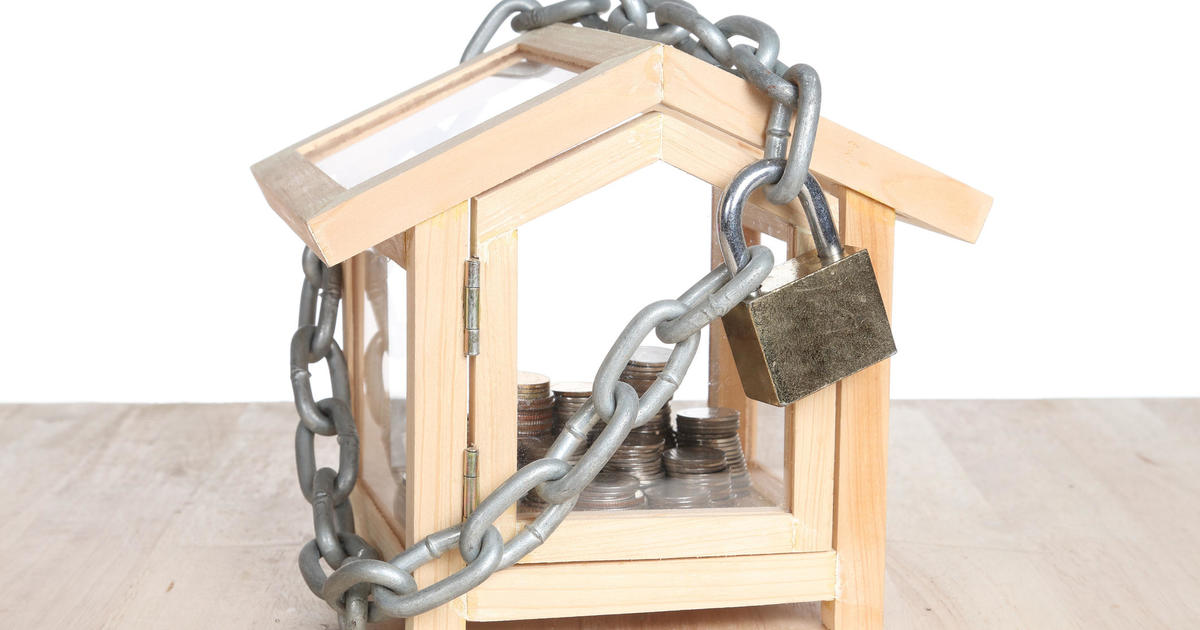The downside of seniors spending less to save more
For older Americans who are approaching retirement with inadequate savings, spending less might be a logical decision. And apparently, that's just what they're doing. Consumers age 55 and over reduced their spending on consumer goods during both 2015 and 2016, according to a recent report by the JPMorgan Chase Institute.
Cutting spending to enable more savings and to become accustomed to spending less in retirement makes sense for this group.
But decisions that work for individuals might not bode well for the overall economy. The U.S. Census Bureau projects that more than 20 percent of the U.S. population will be 65 or older by 2030, up from 13 percent in 2010. And since older consumers generally have more money compared to younger ones, a slowdown in spending by seniors could become a drag on business activity in general.
The JPMorgan Institute examined 19 billion credit and debit card transactions from more than 59 million consumers in 15 major metropolitan areas. From this data, they constructed the Local Consumer Commerce Index that captures year-over-year growth in everyday spending across a range of consumer and merchant groups.
The researchers found that at the end of 2016, annualized spending by consumers age 55 and over dropped by 2.9 percent. This is a significant reversal compared to the end of 2013, when spending by the same age group increased at a 2 percent annualized rate.
Spending at restaurants declined the fastest for this older age group. By the end of 2016, annualized outlays dropped by 3.3 percent in this category, compared to an annualized increase of 5 percent in April 2014.
Spending on other services by older consumers also dropped, at an annualized rate of 1.2 percent by the end of 2016, compared to an increase of 6 percent in April 2014. Among this category of spending, the largest decline was in transportation, which fell at an annualized rate of 8 percent by the end of 2016. (Transportation includes both public transport and automotive spending.)
The Institute's report contains an interactive map that shows a wide variation in spending patterns by geographic region. For example, spending increased at higher rates on the West Coast and in Phoenix and Denver, compared to the Midwest and the East Coast. As a result, this trend will have different impacts on local economies.
As older workers transition into retirement and experience significant declines in their income, it certainly makes sense that they would spend less on restaurants, transportation and other services. Retirees who are trying to make their savings last will want to focus on buying just enough to meet their basic living expenses and purchasing only what truly makes them happy.
Other surveys provide further evidence of this strategy. For example, a recent report by United Income found that Americans age 60 and over reduce their spending by about 2.5 percent per year. Another survey reports that retirees are happy living on less income. And finally, a recent survey conducted by Merrill Lynch and Age Wave reports that 95 percent of retirees would rather have more enjoyable experiences than buy more things.
These trends bear watching for older workers and retirees. Some economists blame reduced economic activity among seniors as the cause of Japan's stagnant economy, although Japan is aging at a much faster rate than the U.S. Will the U.S. suffer the same fate?
One strategy that could benefit both older consumers and the overall economy is for older Americans to work longer and extend their buying power. That's easier said than done, but nobody said that having large numbers of people living a long time would be easy.




